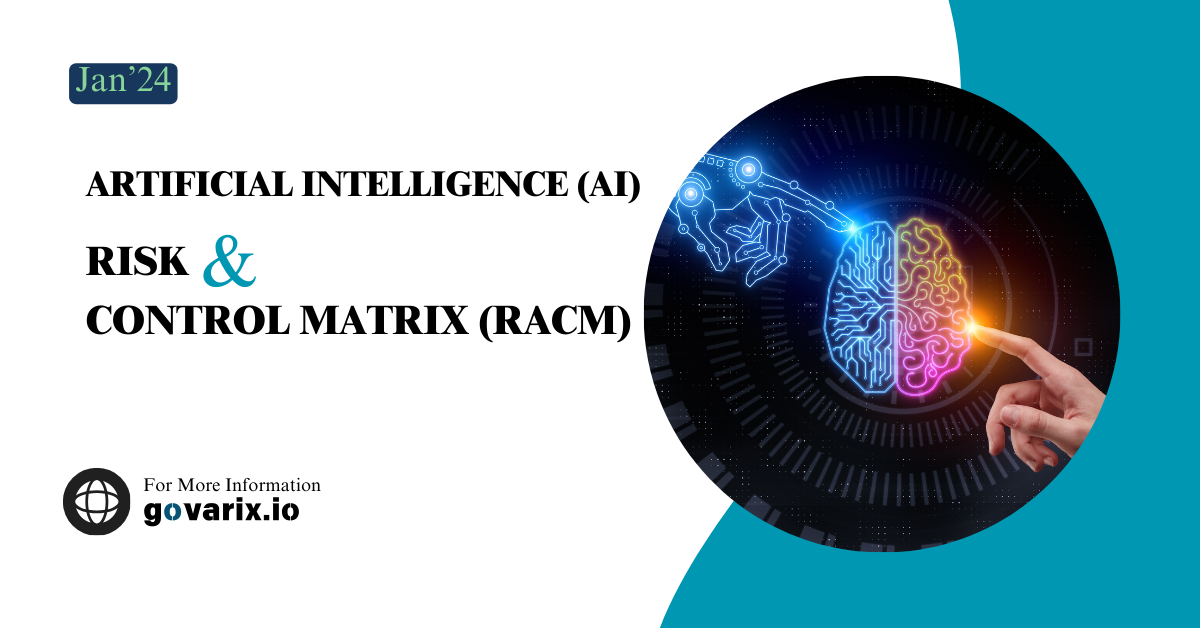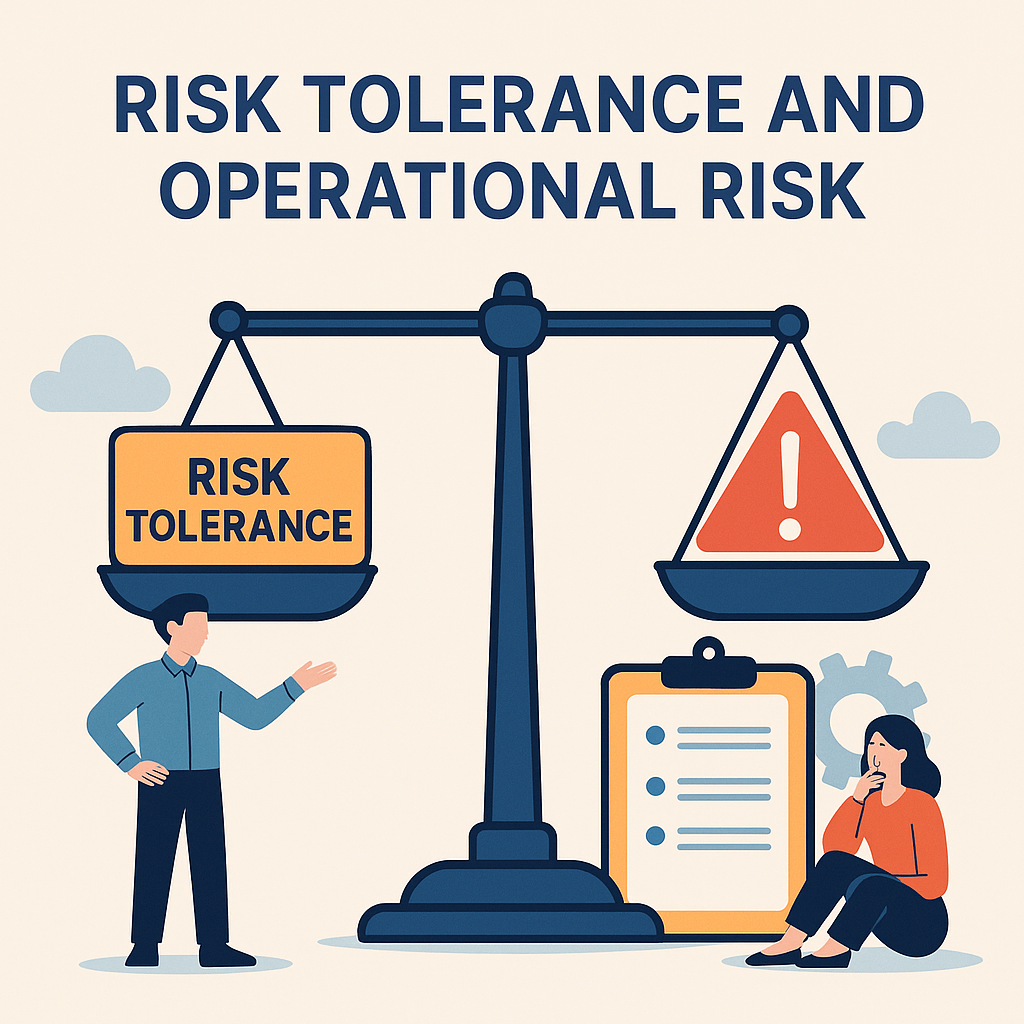Background
Artificial Intelligence (AI) has revolutionized industries by enhancing automation, decision-making, and efficiency. However, as AI systems grow more complex, businesses face new challenges in managing risks associated with AI deployment. AI systems can evolve autonomously, making it difficult for organizations to predict or control their actions. The need for a structured AI risk and control framework is now more crucial than ever.
To address these challenges, KPMG developed the AI Risk and Controls Matrix, providing businesses with a structured approach to managing AI-related risks.
This blog post explores the matrix, breaking down its critical components, risks, and control mechanisms based on our review of the research paper published by KPMG.
Introduction
The use of such advanced technologies like Artificial Intelligence, Blockchain will become material for many organizations, possibly sooner than anyone expects. When the time arrives, it will not be possible to get the right controls in place overnight and have the capability to manage the risks effectively, or to provide assurance. Hence it is key for governance, risk and compliance practices and capabilities to develop alongside the evolution of the usage of such technologies.
It is more like upgrading your GRC version with emerging technologies. Core fundamentals of being resilient from business operation perspective (Refer DORA Act if you want to learn more about being resilient).
Now, the AI Risk and Control Matrix serves as a guide for organizations implementing AI solutions across various domains, departments, functions and branches. It categorizes AI-related risks into 17 key areas, each accompanied by recommended controls to mitigate those risks. These categories include:
- Strategy & Governance
- Human Resource & Supplier Management
- Risk Management & Compliance
- Enterprise Architecture & Data Governance
- Security & IT Operations
- Business Process Controls & Knowledge Management
By structuring AI risks into these distinct areas, organizations can proactively address vulnerabilities while aligning AI deployment with business goals.
AI Risk and Control Matrix (Tabular Format)
We have tried summarizing the research paper in a tabular format so that it will be easier to learn and grasp key takeaways.
| Category | Summarized Risk | Risk Description | Control Topic | Control Description | Examples |
|---|---|---|---|---|---|
| Strategy | Lack of AI Strategy | AI adoption without clear strategy leads to inefficiencies and increased risks. | Strategy Development | Organizations must develop a well-defined AI strategy aligned with business objectives. | A company invests in AI but lacks a roadmap, leading to wasted resources and poor implementation. |
| Governance | Weak AI Governance Framework | Lack of oversight leads to inconsistent AI policy enforcement. | AI Governance Structure | AI governance should be integrated within compliance strategies to ensure continuous monitoring. | An AI system used for hiring lacks bias detection, leading to unfair recruitment practices. |
| Human Resource Management | Lack of AI Talent and Training | Poor AI knowledge retention leads to ineffective operations. | AI Training Programs | Organizations must invest in AI upskilling and training to ensure effective AI management. | Employees lack AI expertise, causing delays in adopting AI-driven tools. |
| Supplier Management | Third-Party Risk | Over-reliance on external AI vendors can lead to data security risks. | Vendor Risk Management | Third-party AI vendors should comply with enterprise security and governance frameworks. | A bank using an AI fraud detection system from an unreliable vendor faces compliance violations. |
| Risk Management & Compliance | Non-Compliance with AI Regulations | AI models may not meet legal and compliance standards, leading to fines. | Compliance Audits | Conducting regular audits ensures adherence to GDPR, HIPAA, and other regulations. | A healthcare AI tool fails to comply with GDPR, leading to heavy penalties. |
| Enterprise Architecture | Poor Data Governance | Inconsistent data policies result in incorrect AI decisions. | Data Integrity | Implement strong data validation policies to maintain AI reliability. | An e-commerce AI recommending irrelevant products due to flawed data governance. |
| Security Management | Cybersecurity Vulnerabilities | AI models may be exposed to hacking and malicious manipulation. | AI Security Controls | Implement authentication, encryption, and anomaly detection measures. | Hackers manipulate an AI chatbot to spread misinformation. |
| Identity & Access Management | Unauthorized AI Access | Unauthorized personnel accessing AI models pose security risks. | Access Control | Restrict access to AI solutions through role-based authentication. | A finance department employee gains access to an AI system meant for fraud detection and misuses data. |
| IT Change Management | AI System Changes Without Proper Oversight | Uncontrolled AI updates can cause disruptions. | Change Control | AI system updates should follow structured approval workflows. | An AI-driven chatbot update causes it to malfunction, leading to customer complaints. |
| Business Process Controls | Lack of AI Explainability | AI decisions may not be transparent or justifiable. | Explainability Framework | AI solutions should be able to provide reasoning for decisions. | An AI mortgage approval system denies applications without clear explanations. |
| Logging & Monitoring | Inadequate AI Performance Monitoring | Lack of real-time monitoring can lead to AI failures. | AI Performance Logging | Implement continuous logging to track AI decision-making trends. | An AI-powered stock trading bot crashes due to lack of monitoring, causing financial losses. |
| Knowledge Management | Loss of AI Expertise | Lack of documentation results in knowledge gaps when key personnel leave. | AI Knowledge Retention | Maintain AI documentation and conduct knowledge transfer sessions. | A company loses key AI engineers, leaving no documentation behind, making it difficult to maintain AI systems. |
Key Takeaways & Future Considerations
The AI Risk and Control Matrix is an essential tool for organizations looking to implement AI responsibly. By structuring AI risk management strategies, businesses can:
- Ensure AI models operate ethically and securely.
- Minimize compliance risks through regular audits and governance frameworks.
- Strengthen AI model explainability and transparency.
- Enhance cybersecurity measures to protect AI from cyber threats.
Conclusion
The adoption of AI is accelerating, and organizations must take a proactive approach to risk management. The AI Risk and Control Matrix provides a roadmap for mitigating risks while ensuring AI aligns with business objectives and regulatory requirements. By leveraging structured frameworks, businesses can develop resilient, compliant, and ethical AI solutions.
References
By integrating AI risk controls into governance frameworks, businesses can unlock AI’s potential while mitigating potential pitfalls. Are you prepared to navigate AI risks in your organization? Let us know in the comments below!








